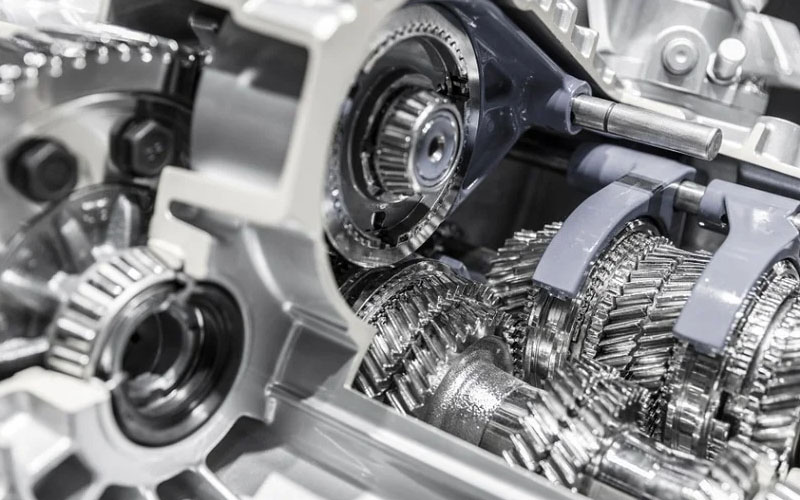
Велосипеди за деца Детски велосипеди за 3-16 години Дете /OEM Бебешки детски велосипеди Детски планински велосипеди 2022

Популярен детски спортен велосипед Висококачествен детски балансиращ велосипед Детски велосипед

Wholesale Magnesium Alloy Baby Cycle For 3 To 5 Years Old 12 Inch Kids Cycle OEM Cheap

Фабрично персонализирани китайски велосипеди Bmx Road Sport Детски велосипед 12 16 18 20 инча Велосипед Mtb за деца 6-10 години

2022 Гореща разпродажба на едро на части за велосипеди от магнезиева сплав Детски велосипед без баланс на педалите Детски велосипед в няколко цвята

Детски велосипед от магнезиева алуминиева сплав 3-8 години Евтини горещи разпродажби 14-инчов детски велосипед ЗАВИНАГИ на едро 2022 г.

Велосипед Freehub 12/14/16 инча Детски велосипед Ниски велосипеди Велосипеди от магнезиева алуминиева сплав Детски велосипед 3-8 години В наличност

Electric Bicycle Magnesium Alloy 12 inch Integrated Wheel 36v10ah Electric Moped

 0086-750-5616188
0086-750-5616188 +86 13392089688
+86 13392089688 sales@zhongmei-tech.com
sales@zhongmei-tech.com








